ETOBICOKE DRY EYE CLINIC
DRY EYE EXPLAINED
Dry eye disease is a chronic inflammatory condition that results from reduced tear production or excessive evaporation of the tears. A stable tear film is essential for lubricating and protecting the surface of the eyes, maintaining clear vision, and flushing away harmful biproducts and allergens. As the condition progresses, it can result in blurred vision along with the sensation of dry, gritty, red eyes.
Did You Know?
In western countries, 1 out of 5 suffer from dry eye disease.

WE HELP DRY EYES!
Dry Eye Treatment
We know how uncomfortable and debilitating dry eye symptoms can be, and we are here to help you find the best solution for lasting relief. All of our dry eye treatments are tailored to each patient's unique needs, symptoms, and lifestyle. If you'd like to learn more about the potential relief that dry eye therapy offers, contact us for a consultation.
IS IT REALLY DRY EYE?
DRY EYE
DISEASE SYMPTOMS
GRITTY, ITCHY RED EYE
FLUCTUATING & BLURRED VISION
EXCESSIVE TEARING
SENSITIVITY TO LIGHT
EYE FATIGUE
BURNING
FOREIGN BODY SENSATION
EYE REDNESS
IS IT REALLY DRY EYE?
DRY EYE
DISEASE SYMPTOMS
- Gritty, Itchy Red Eye
- Fluctuating & Blurred Vision
- Excessive Tearing
- Sensitivity To Light
- Eye Fatigue
- Burning
- Foreign Body Sensation
- Eye Redness
OTHER RISK FACTORS OF DRY EYE
- Hormonal Imbalances
- Use & Abuse Of Cosmetics
- Contact Lens Wear
- Chronic Blepharitis
- Age
- Digital Device Use
- Certain Medications
- Autoimmune & Systemic Disease
How TearScience™
Lipscan™ works
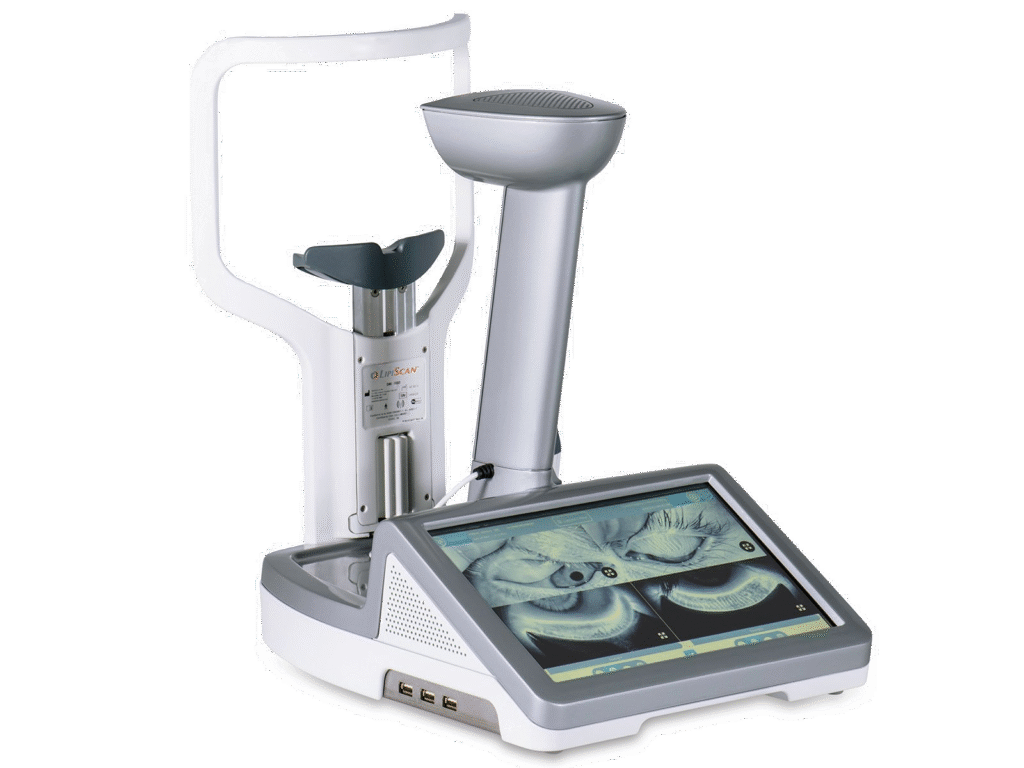
- Identifies Meibomian Gland Dysfunction (MGD), a leading cause of evaporative dry eye, by visualizing gland structure and dropout.
- Enables early detection of gland changes before symptoms become severe, allowing for proactive treatment.
- Guides personalized treatment plans based on the severity and extent of meibomian gland loss.
- Monitors treatment effectiveness over time by comparing baseline and follow-up images.
- Improves diagnostic accuracy, distinguishing between different types of dry eye for more targeted care.
DRY EYE TREATMENT ETOBICOKE
Other Risk Factors Of Dry Eyes

ALLERGY

HORMONAL IMBALANCES

USE & ABUSE OF COSMETICS

CONTACT LENS WEAR

CHRONIC BLEPHARITIS

AGE

DIGITAL DEVICE USE

CERTAIN MEDICATIONS

AUTOIMMUNE & SYSTEMIC DISEASE
DRY EYE MANAGEMENT ETOBICOKE
Common Culprits Leading To Dry Eye
Meibomian Gland Dysfunction
Blepharitis
Demodex
Ocular Rosacea
Post-Blepharoplasty
Styes & Chalazia
Cataract and Refractive Surgery
Meibomian Gland Dysfunction
Meibomian Gland Dysfunction
In over 85% cases, dry eye disease is caused by a blockage in the meibomian glands, which are responsible for producing the lipid layer of the tear film. When not working properly, they do not produce enough oil component in the tear film, so the watery component of the tears evaporates more rapidly. Insufficient or absent lipid layer can cause evaporation of the tears up to 16 times faster leading to ocular surface damage and discomfort.
Let's talk about the right treatment for your dry eyes.

Blepharitis
Blepharitis
Blepharitis is an inflammatory condition of the eyelids caused by an overgrowth of bacteria living on the eyelid margins and the base of the eyelashes.
This bacterium results in crusting and inflammation along the eyelid margins and oil glands known as meibomian glands. The damaged glands are unable to secrete sufficient oils to keep the tears from evaporating off the surface of the eye. Untreated blepharitis results in eye irritation, chronic dry eye, styes and infections.
Let's talk about the right treatment for for your dry eyes.
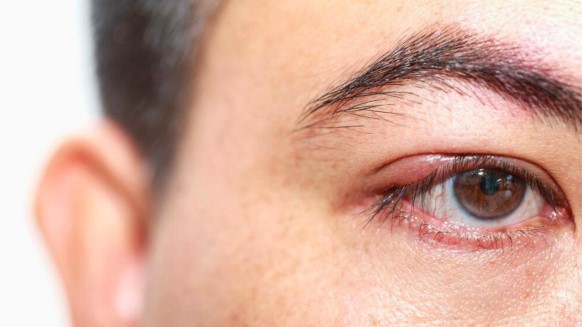
Demodex
Demodex
Demodex is a type of microscopic mite commonly found on human skin, particularly around the eyelashes and hair follicles. In optometry, Demodex infestation is often associated with eye conditions such as blepharitis, dry eye syndrome, and eyelid irritation. These mites can clog the eyelash follicles and meibomian glands, leading to inflammation, redness, itching, and crusting around the eyes. Early detection and proper management are important to relieve symptoms and prevent chronic eye discomfort. Optometrists use specialized tools and treatments, including lid hygiene and targeted therapies, to effectively control Demodex-related issues.
Let's talk about the right treatment for for your dry eyes.

Ocular Rosacea
Ocular Rosacea
Ocular Rosacea is a condition where abnormal blood vessels along the lid margins secrete inflammatory mediators over time that damage the meibomian glands. This leads to dry eye disease, with chronic symptoms of redness, burning, tearing, and swollen eyelids.
Let's talk about the right treatment for for your dry eyes.
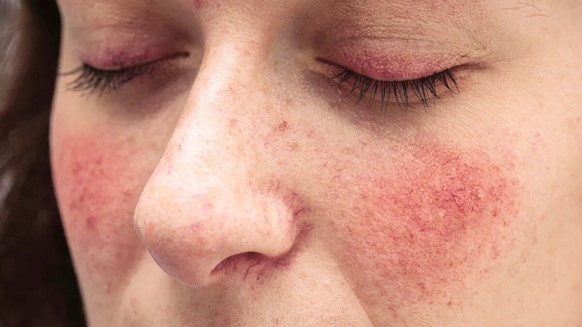
Post-Blepharoplasty
Post-Blepharoplasty
Blepharoplasty is a surgical procedure performed to remove excess skin and fat in and around the eyelids to improve appearance and vision. A common postoperative complication is dry eye, particularly in patients with preexisting symptoms.
Let's talk about the right treatment for for your dry eyes.
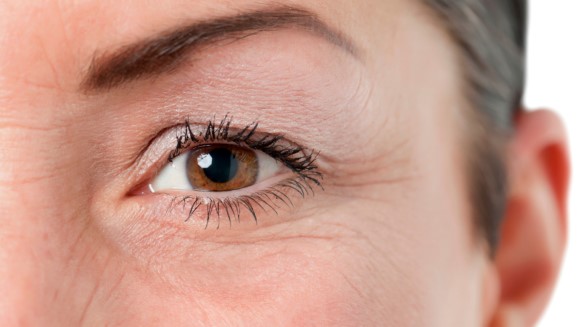
Styes & Chalazia
Styes & Chalazia
A stye, or hordeolum, is a common eyelid gland infection causing a lump, typically due to Staphylococcus bacteria and demodex. Chalazia are non infectious inflammatory eyelid lesions that result from a blocked oil gland.
Let's talk about the right treatment for for your dry eyes.
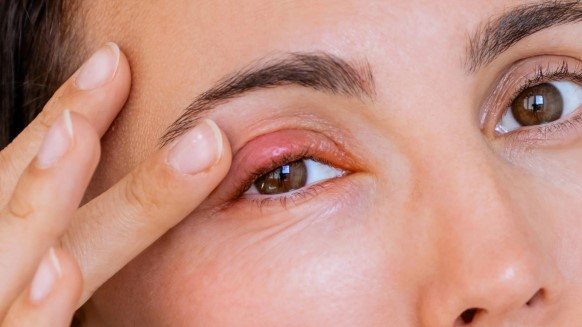
Cataract and Refractive Surgery
Cataract and Refractive Surgery
Eye surgery often results in tear dysfunction, with two-thirds of patients developing dry eye. Nearly 40% develop dry eye after cataract surgery, lasting up to a year. Preoperative dry eye treatment improves outcomes and prevents post operative complications.
Let's talk about the right treatment for for your dry eyes.
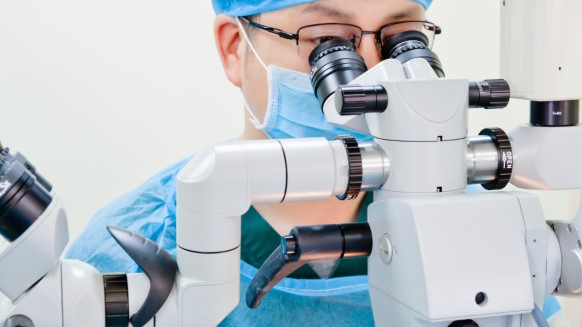
HELP FOR DRY EYES
We'd Love To Help
So, you have dry eyes? The great news is we have lots of treatment options available for you and we are dedicated to helping you make those irritating symptoms more manageable!
Humber Bay Eye Care can provide dry eye therapy for cases ranging from mild to severe. By addressing the underlying issue – inflamed or blocked glands or insufficient tear production – we can find an effective solution.
Humber Bay Eye Care can provide dry eye therapy for cases ranging from mild to severe. By addressing the underlying issue – inflamed or blocked glands or insufficient tear production – we can find an effective solution.
